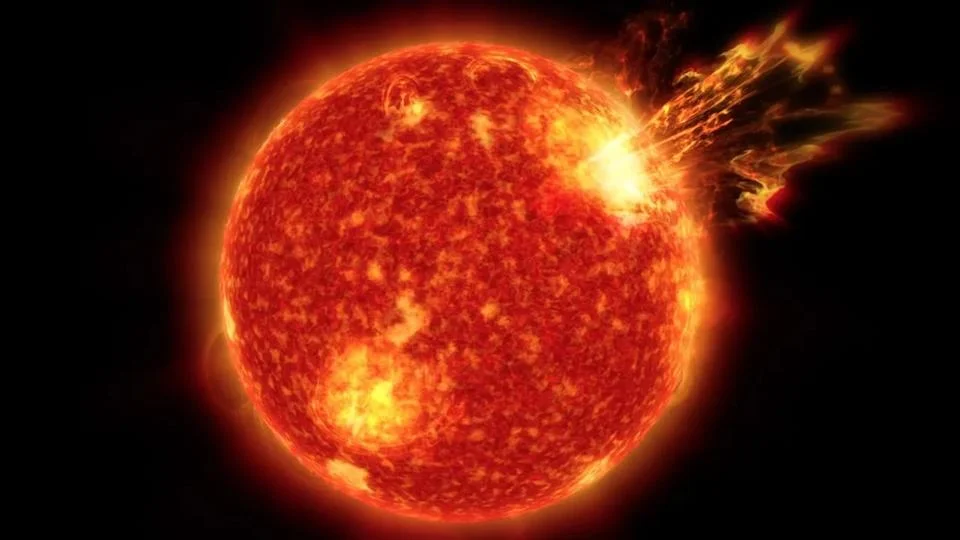
Real-World Solar Storm Exposes US Vulnerabilities: NASA Drill Becomes Reality
A NASA simulation designed to prepare for a potential solar storm unexpectedly morphed into a real-world test when the Gannon geomagnetic storm struck Earth on May 10, 2024. This unanticipated event not only lit up skies with stunning auroras but also exposed significant vulnerabilities in the US's preparedness for space weather crises.
The simulation, intended to improve coordination and readiness for disruptive solar events, was interrupted by a powerful G5-class geomagnetic storm, the strongest in over 20 years. The Gannon storm, named after space weather scientist Jennifer Gannon, provided invaluable data on the potential impact of solar weather, from disrupted satellites to ground-level disruptions.

On the ground, the storm caused high-voltage lines to trip and transformers to overheat. Terry Griffin, a professor at Kansas State University, noted that some farms experienced disruptions with GPS-guided tractors, leading to an average loss of $17,000 per farm in affected areas. In the air, trans-Atlantic flights altered courses to avoid communication and navigation losses and higher radiation exposure closer to the North Pole.
In orbit, the expanded atmosphere due to the storm increased drag on satellites. NASA’s ICESat-2 lost altitude and entered safe mode, while the Colorado Inner Radiation Belt Experiment (CIRBE) CubeSat deorbited prematurely. The storm also dramatically changed the structure of the ionosphere and created giant waves of particles along the edge of coronal mass ejections (CMEs), causing the largest electrical current seen in the magnetosphere in 20 years. CIRBE discovered two temporary belts of energetic particles within the magnetosphere between the Van Allen radiation belts, posing risks to spacecraft and astronauts.
One of the most visually striking effects of the Gannon storm was the widespread auroras. NASA’s Aurorasaurus project received over 6,000 observer reports from more than 55 countries, including Japan, where observers noted unusual magenta auroras. Researchers determined that the color resulted from a unique mix of red and blue auroras produced by oxygen and nitrogen molecules lofted higher than usual due to the storm heating the upper atmosphere.
The effects of the solar activity extended beyond Earth, impacting Mars. NASA’s MAVEN orbiter observed auroras engulfing the Red Planet, while the 2001 Mars Odyssey orbiter experienced a star camera outage due to energetic particles. On the surface, Curiosity rover images were marked with “snow” from charged particles, and the Radiation Assessment Detector recorded the biggest radiation surge since the rover landed in 2012.
The Gannon storm, considered the best-documented geomagnetic storm in history, served as a stark reminder of the need for improved space weather forecasting capabilities. The exercise highlighted the limitations of current technology, emphasizing the necessity for more satellites to enhance real-time data collection and improve forecasting models. It also underscored the need for better communication protocols and messaging templates to coordinate responses across government agencies.
With the current solar cycle reaching its peak, scientists warn that more solar drama could be on the horizon. The lessons from the Gannon storm are crucial for developing strategies to mitigate the impact of future space weather events and protect our technology-dependent society.
What are your thoughts on the potential risks posed by solar storms and the steps we should take to prepare? Share your opinions in the comments below.